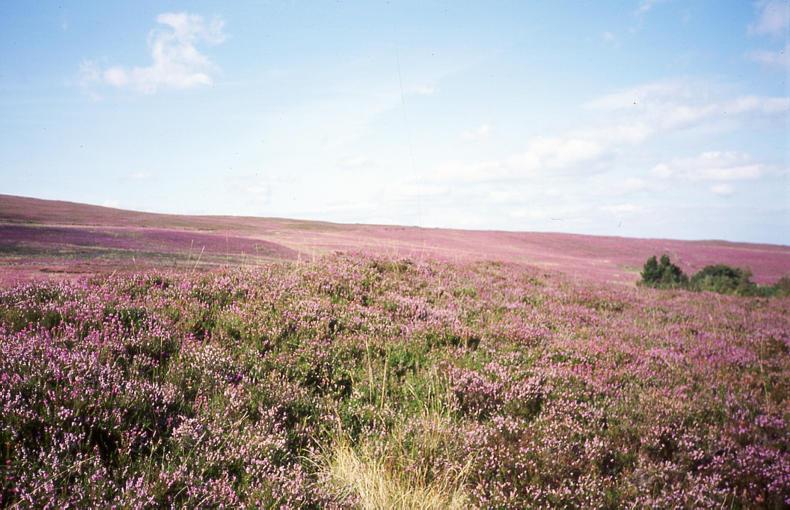Well, here we go again. This year, honey production for beekeepers was well down, with many not getting any honey at all. It will be difficult to see how these beekeepers can keep colonies going into and through the winter. Any sugar syrup fed during August will help supply some of the bee’s requirements, but the lack of nectar, which is a more wholesome food, will adversely affect them.
Not alone has there been a lack of nectar, but also pollen, which is a critical food for bees. The arrival of the ivy flowers provide a last-minute opportunity for bees to take in nectar and pollen. Anyone out and about during the good days in early October could not but be aware of the ivy flowers. The smell of the nectar is overpowering, almost sickening, but the bees love it.
On a nice sunny day recently, I was walking across a field on my brother Jack’s farm and almost, at any point, the smell of ivy nectar was filling the air. The hum of bees, busy to and fro across the field from the hives to the ivy, reminded me of the summer days when a good nectar flow was taking place.
This year the ling heather (Calluna vulgaris) yielded a great crop of honey. There are only a few beekeepers who can avail of this crop. The weather conditions were good during the nectar yield period. Any strong colonies worked it with vigour.
Heather honey from the ling is a unique product. The colour is quite dark, with a strong flavour, requiring the uninitiated to acquire a taste for it. It is sold as cut-comb honey.
Cut-comb is where frames of honey, when removed from the hive, have the honey cut out and then further cut into blocks which are placed into plastic containers for sale. The cut-comb honey in these containers is no different to the honey produced by beekeepers of yonder days when “sections” were the norm. These wooden sections are rarely produced these days.
An alternative method of preparing heather honey is the use of a press, similar to a grape press. The honeycomb is cut from the frame and placed in the press. The pressure squeezes the honey out, leaving behind a wax block. The honey from the press is then bottled. This method is very laborious and sticky, and is used by a few beekeepers who have an opening for the sale of this unique form of heather honey.
By now, you, the reader, must be wondering why the beekeeper does not process this honey like any other. Normal liquid honey is removed from the honeycomb by centrifugal force in a honey extractor. However, ling heather honey is actually a gel and will not come out of the honeycomb using the extractor. If one is rich enough to own a specialised piece of equipment to agitate the honey, then it may be extracted. The agitation will liquefy the honey sufficiently to extract – but once left to stand, it will again return to gel form.
Honey in comb form is rare and usually available from beekeepers in the autumn. I grew up in a time when comb honey was the norm, being available in the form of “sections”. In recent years, I am becoming aware that many people do not know what way to use comb honey. I suppose the liquid honey market has dictated the pace. It looks as if we beekeepers need to produce more comb honey and educate the public in its use.






 This is a subscriber-only article
This is a subscriber-only article









SHARING OPTIONS: